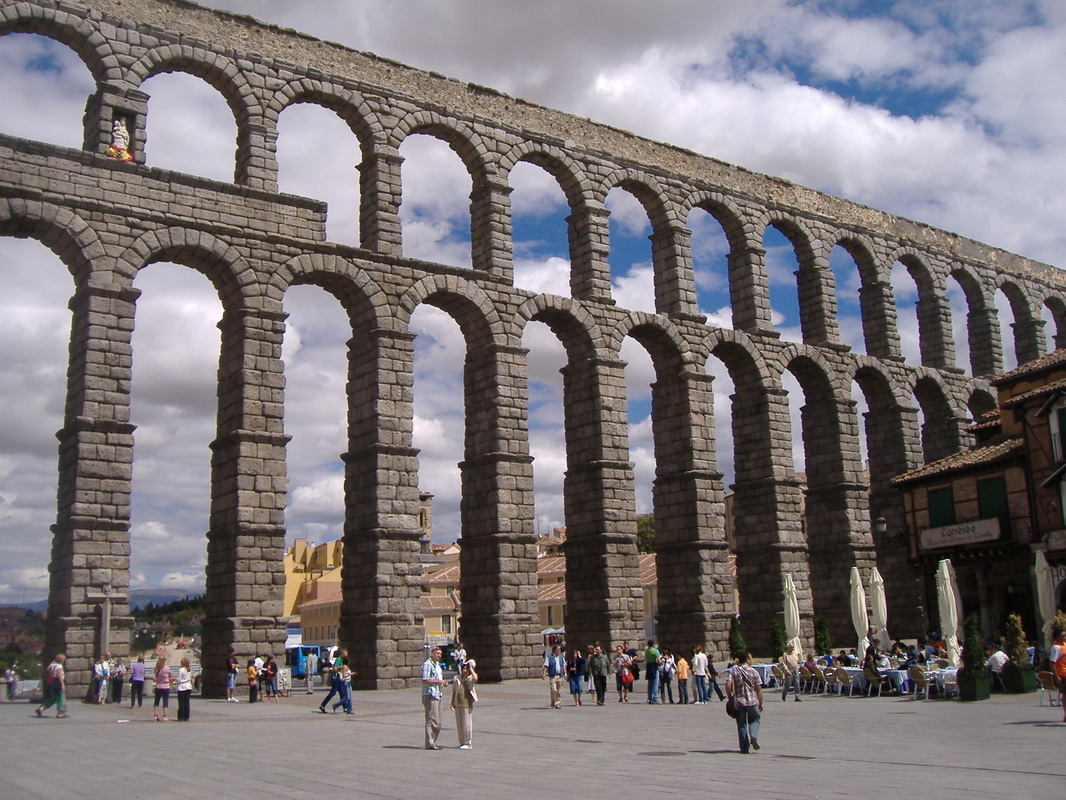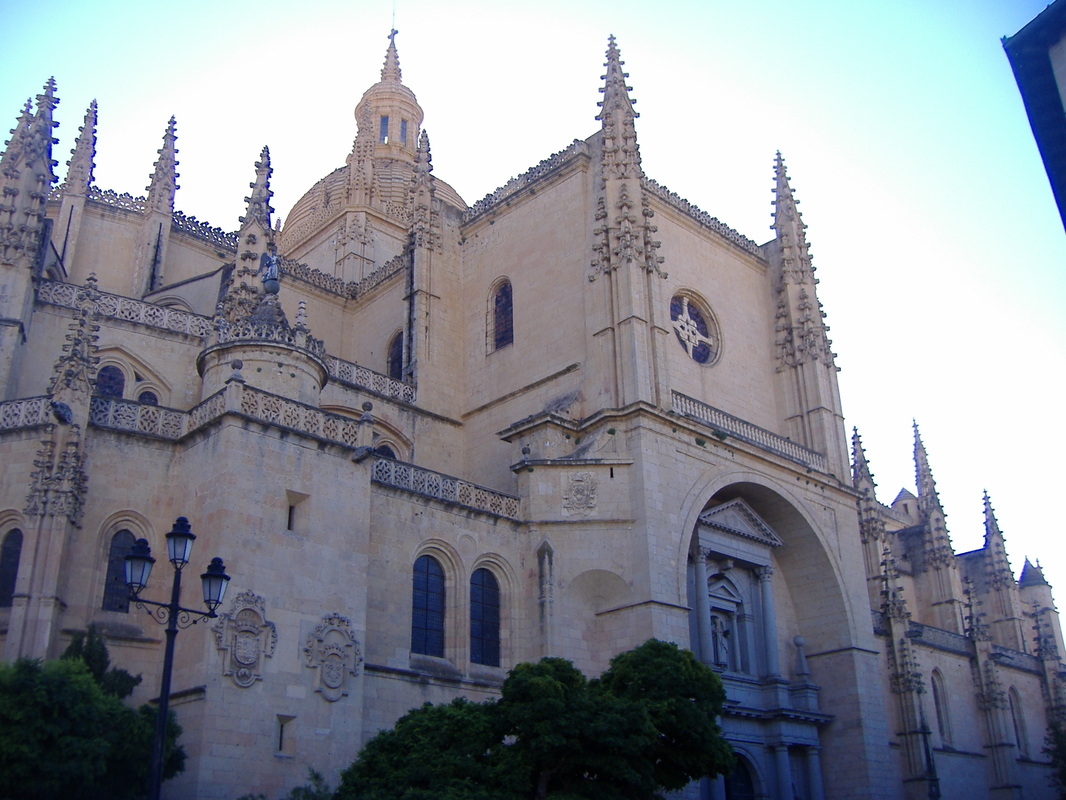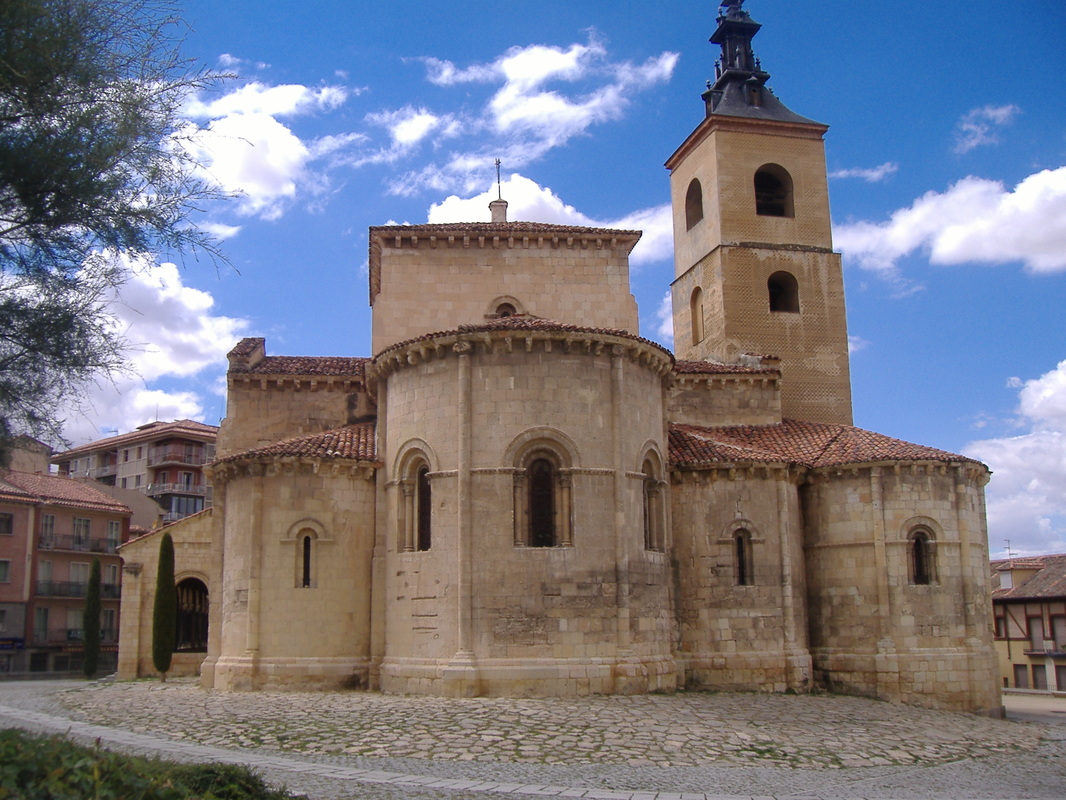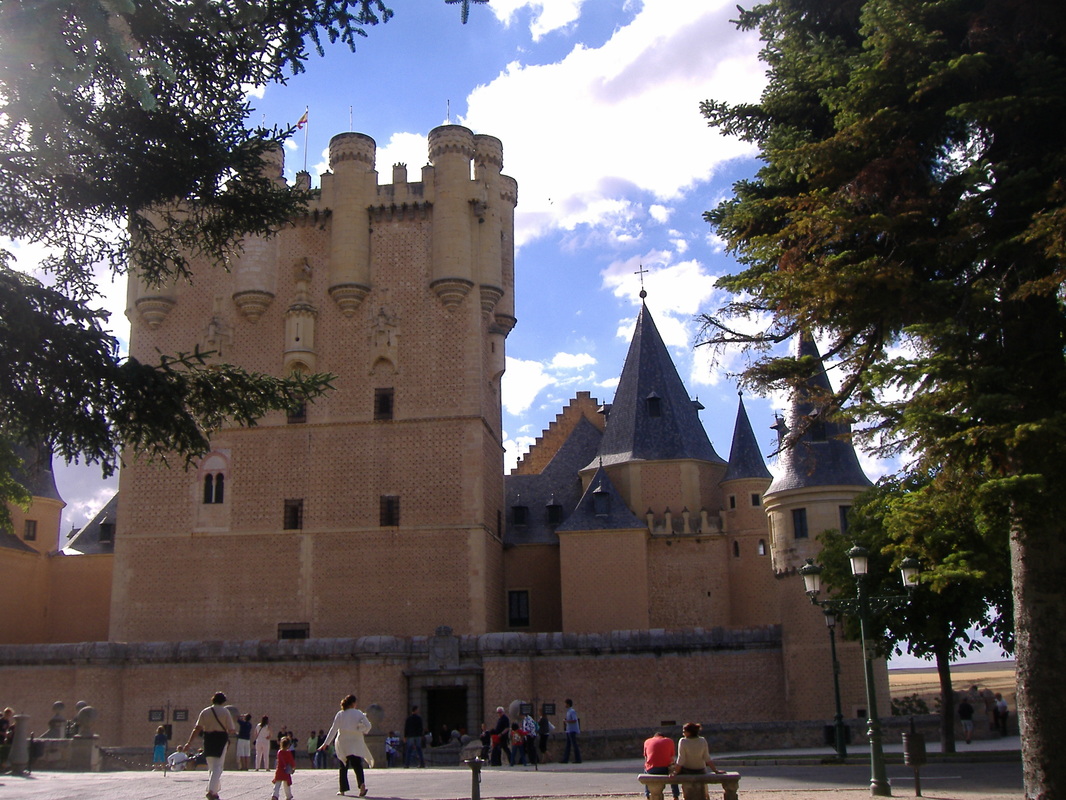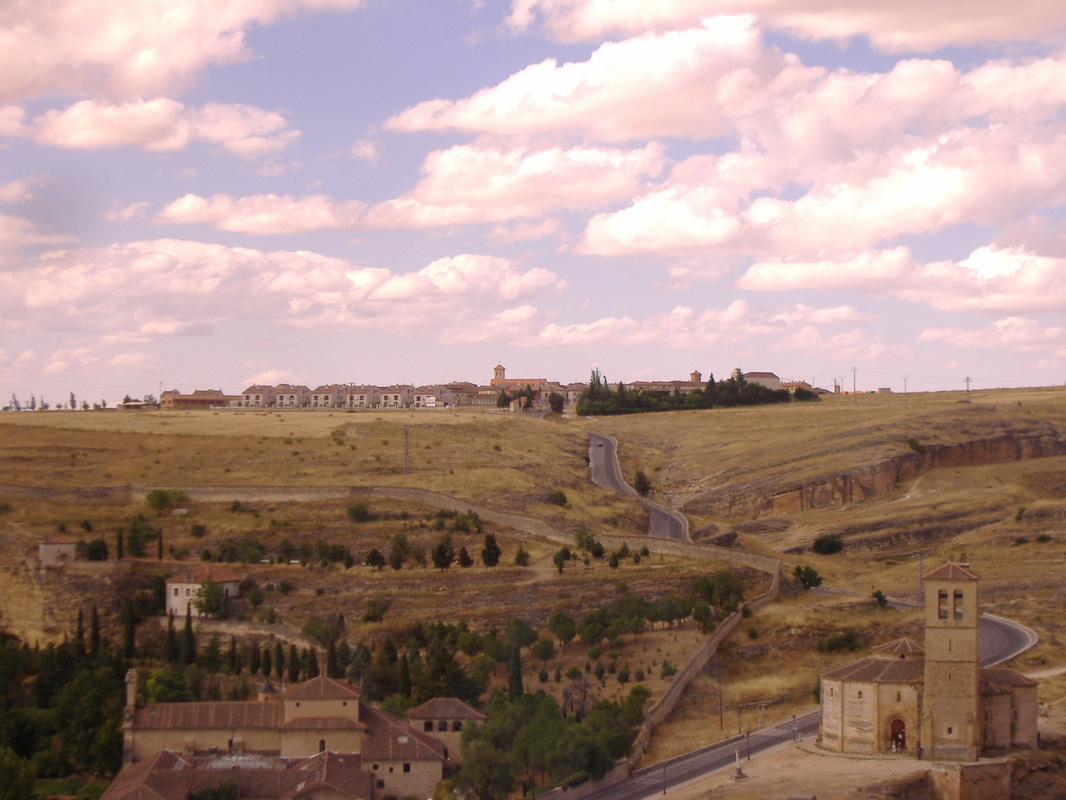Segovia - An exquisite labyrinth...Segovia is a city full of ancient history. The Arabs, Jews and Christians have enhanced its beauty throughout the centuries leaving behind some of the most magnificent architecture from those eras.
Being the capital of the Segovia Province and a city in the Castile de Leon region, Segovia sits majestically near the Guadarrama Mountains. It is located 90 kilometres from Madrid and is close to Avila, Valladolid, Burgos and Soria. It has a population of around 58,000 and is made up of numerous hills. Its name derives from 'City of Victory'/'Victorious City' and was first named Segabriga. The city is also famous for being part of the route of 'Camino de Santiago de Madrid'. Segovia is from Celtic descent and after its Islamic invasion, centuries later, it became a thriving trading centre in wool and textiles which was even further developed by the Jewish population years later. The Fortress is located on top of a rock in the old quarter and lies between the Eresma and Clamores rivers. It dates back to the 12th Century but was devasted by fire in 1862 and then rebuilt as an enchanting fairytale castle, it portrays today. Its tower sits 80 metres high and the 156 steps are definitely worth climbing, as you get to admire the most fantastic panoramic views. With its gorgeous gardens and pretty moat and draw bridge, it's an absolute delight to explore. The Royal School of Artillery was founded at this location and today is open to the public as a museum. The majority of Segovia's streets are pedestrianised, no cars are allowed to drive through. Therefore, you can enjoy peaceful walks through the city or you can hire a bicycle and enjoy a bike ride - you'll get to see so much more. With so many monuments, sculptures, museums and even the 'El Pinarillo' the famous Jewish Cemetary, the list of places to see is endless - Segovia has so much to offer and so much variety. Segovia flourishes through its engineering, agriculture, furniture, construction and tourism industries. Its toursim mostly benefits from weekend and day trips from the surrounding cities. There are many festivals and events held in Segovia. One being the Annual Film Festival 'Muces', which has been taking place every November, since 2006. It screens European Cinema and sometimes features movies before their actual release. There is also a lovely small market held in the Plaza Mayor (Square) every Thursday morning. With so much to see, you won't be disappointed with Segovia, in fact you'll be very pleasantly surprised - it's positively an impressive city to visit. |
During its 'Golden Age', the noblemen and clergy resided in the city whilst the production took place in the suburbs. However, during the following centuries the textile industry declined leading to the first military school in Spain being built in 1764. Today, Segovia is famous for its fascinating Aqueduct, located by the Plaza del Azoguejo (the most visited area) and serving as an entrance to the historic quarter. It dates back to the 1st Century AD and is the best in Roman engineering and the best preserved ancient monument in Spain. Its intriguing design was solely made from stones without the use of mortar. With around 20,500 stone blocks, 166 arches, 818 metres in length and 29 metres in height, this monument stands very dominant and stretches proudly through the city. It was built to supply water to the city from the River Acebeda and the mountains, 15 kilometres away. Segovia also holds a medieval city wall, rebuilt in the 11th century, protecting the higher section of the city with its many gates and towers. This wall starts and runs alongside the Alcazar Royal Fortress (Spain's most famous Castle). Through the Plaza Mayor (Square), you'll come across the stunning Segovia Cathedral, the last gothic cathedral to be built in Spain. Built in the 16th Century and destroyed during a revolt in 1520, it was again fabulously rebuilt becoming known as the 'Lady of all Cathedrals. It's located opposite the Fortess (Castle) and built on the highest point, thus allowing it to have the most amazing views of the city.
Beyond the walls, you'll find beautiful squares, parks and gardens and many churches, convents and monasteries. There is also a neighbourhood called 'Caballeros' which is full of stately homes and palaces and an absolute delight to experience. The Church of Corpus is definitely worth a visit. Originally built as a Jewish synagogue, it was later converted into a fabulous convent during the 14th Century. The building was destroyed in a fire in 1899 then reconstructed and restored to its original glory. Having had both the Jewish and Christian communities pass through its doors, it's undeniably a beautiful, mystical place. |
Photography: beepbeepeurope
© Copyright. All rights reserved.
© Copyright. All rights reserved.
|
|
|
|
